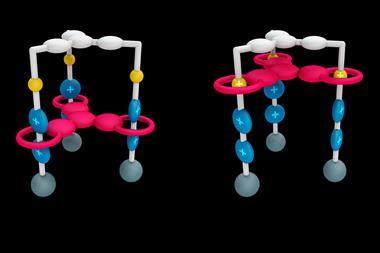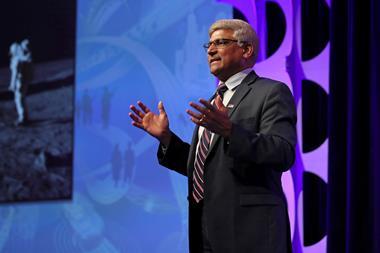Two of Germany's largest scientific organizations have created an alliance to better preserve and restore items of cultural significance
Ned Stafford/Hamburg, Germany
Two of Germany’s largest scientific organizations have created an alliance to intensively research methods to better preserve and restore historical buildings, monuments, artwork, and other items of cultural significance.
Chemistry will play a significant role in the alliance, which includes 11 institutes of the Fraunhofer society and six research museums of the Leibniz Association. Ulrich Fehrenbacher, project manager for polymer synthesis at the Fraunhofer Institute for Chemical Technology in Pfinztal, Germany, noted that chemical processes often are the culprits behind degeneration of historical items.

’When you have a better understanding of these chemical processes, then you can develop better tools for preservation and restoration,’ he said. Many of the tools the alliance hopes to develop are chemistry-based.
Klaus Sedlbauer, co-director of the Fraunhofer Institute for Building Physics (IBP), which is split between Stuttgart and Holzkirchen, said that some members of the alliance already focus individually on preservation research, but that an alliance can be much more effective in coming up with solutions.
’The research needs to be interdisciplinary, said Sedlbauer, a designated spokesman for the alliance. ’There are a lot of unsolved problems. The alliance is a great chance to create new ideas for preservation methods,’ he told Chemistry World.
The alliance was formed as a first step toward winning grants from such purse holders as the German ministry of education and research (BMBF), ministry of economics and technology, and the German research foundation (DFG), the prime supplier of research funds in Germany. The German government began funding preservation research in the mid 1980s, but stopped about eight years ago, Sedlbauer said. ’The Alliance cannot work without external money, but will work before we get grant money in order to define the needs for research,’ he said.
Fehrenbacher, who participated in planning meetings to form the alliance, said that even without new funding, Fraunhofer Institutes already have developed preservation competences that can be used for smaller projects. But grant money is necessary for larger projects, he said, adding: ’The Leibniz museums have a lot of problems which need solutions.’
Fehrenbacher said alliance members hope to collaborate with preservation-focused researchers across Europe. One major preservation problem ripe for research includes deterioration of wood from insects and mould, he said. For example, pesticides have been used on wood objects in the past to protect against insect damage, but can be dangerous to humans and have a degenerative effect, he said. Solutions also need to be found to better preserve cathedrals and monuments from the elements, with acid rain a major problem, he said. A new preservation field now opening up is plastics, said Fehrenbacher. Plastics are relatively new as materials for artworks, he said, and few preservation and restoration methods have been developed.
Museum directors in Germany are highly supportive of the alliance, said Fehrenbacher. ’It is easier [for them] to get money to buy new artworks than to get money to improve preservation,’ he said.







No comments yet